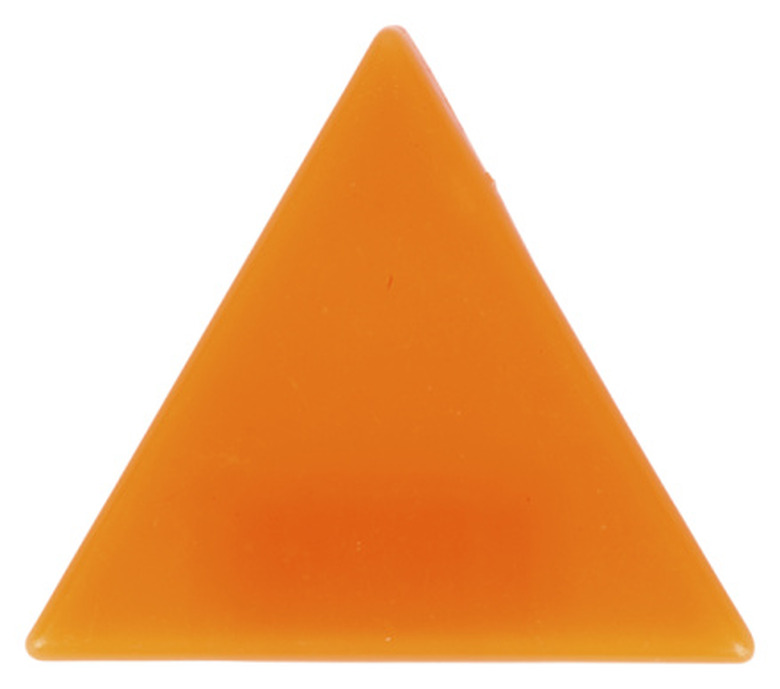How To Find The Area Of A Triangle From Its Vertices
To find the area of a triangle where you know the x and y coordinates of the three vertices, you'll need to use the coordinate geometry formula: area = the absolute value of Ax(By – Cy) + Bx(Cy – Ay) + Cx(Ay – By) divided by 2. Ax and Ay are the x and y coordinates for the vertex of A. The same applies for the x and y notations of the B and C vertices.
Step 1
Fill in the numbers for each corresponding letter combination within the formula. For example, if the coordinates of the triangle's vertices are A: (13,14), B: (16, 30) and C: (50, 10), where the first number is the x coordinate and the second is y, fill in your formula like this: 13(30-10) + 16(10-14) + 50(14-30).
Step 2
Subtract the numbers within the parentheses. In this example, subtracting 10 from 30 = 20, 14 from 10 = -4 and 30 from 14 = -16.
Step 3
Multiply that result by the number to the left of the parentheses. In this example, multiplying 13 by 20 = 260, 16 by -4 = -64 and 50 by -16 = -800.
Step 4
Add the three products together. In this example, 260 + (-64) + (-800) to get -604.
Step 5
Divide the sum of the three products by 2. In this example, -604 / 2 = -302.
Step 6
Remove the negative sign (-) from the number 302. The area of the triangle is 302, found from the three vertices. Because the formula calls for absolute value, you simply remove the negative sign.
TL;DR (Too Long; Didn't Read)
To express absolute value, use two vertical lines, one on each side of the formula.
Cite This Article
MLA
Hayes, Kelvin. "How To Find The Area Of A Triangle From Its Vertices" sciencing.com, https://www.sciencing.com/area-triangle-its-vertices-8489292/. 24 April 2017.
APA
Hayes, Kelvin. (2017, April 24). How To Find The Area Of A Triangle From Its Vertices. sciencing.com. Retrieved from https://www.sciencing.com/area-triangle-its-vertices-8489292/
Chicago
Hayes, Kelvin. How To Find The Area Of A Triangle From Its Vertices last modified March 24, 2022. https://www.sciencing.com/area-triangle-its-vertices-8489292/
